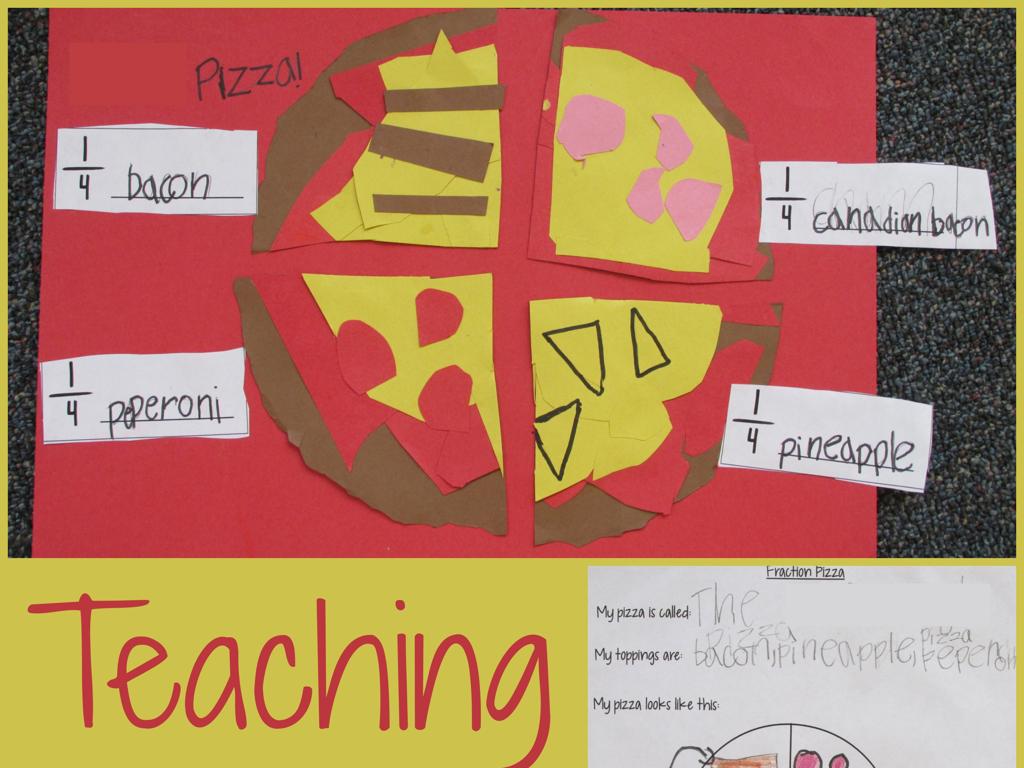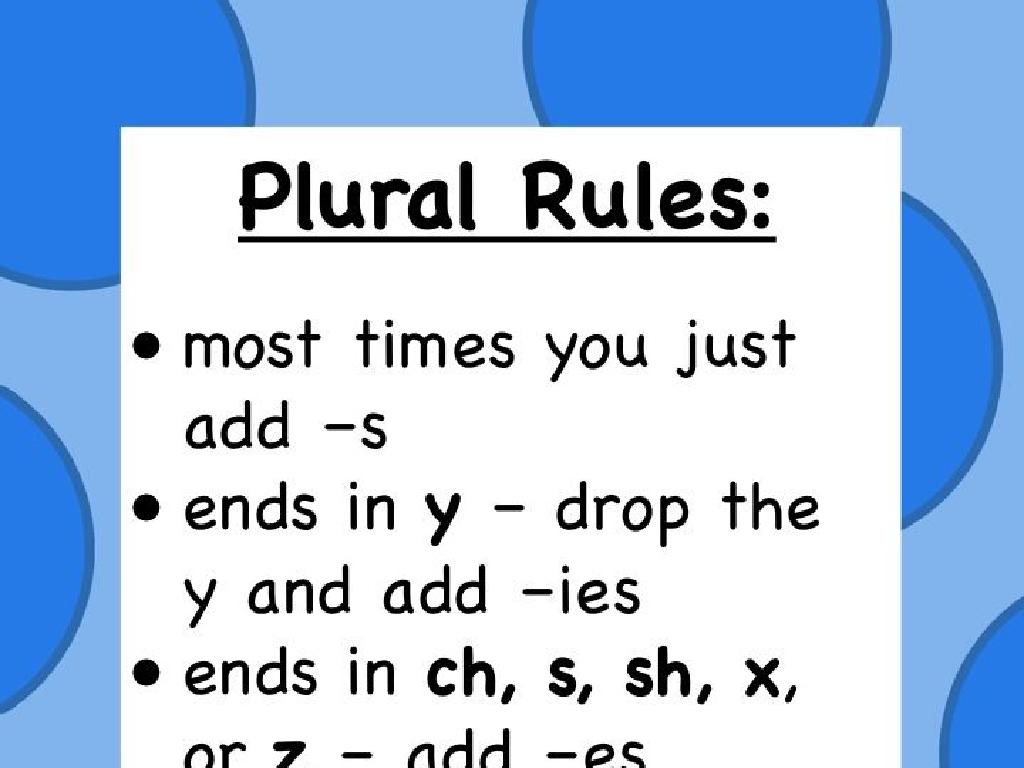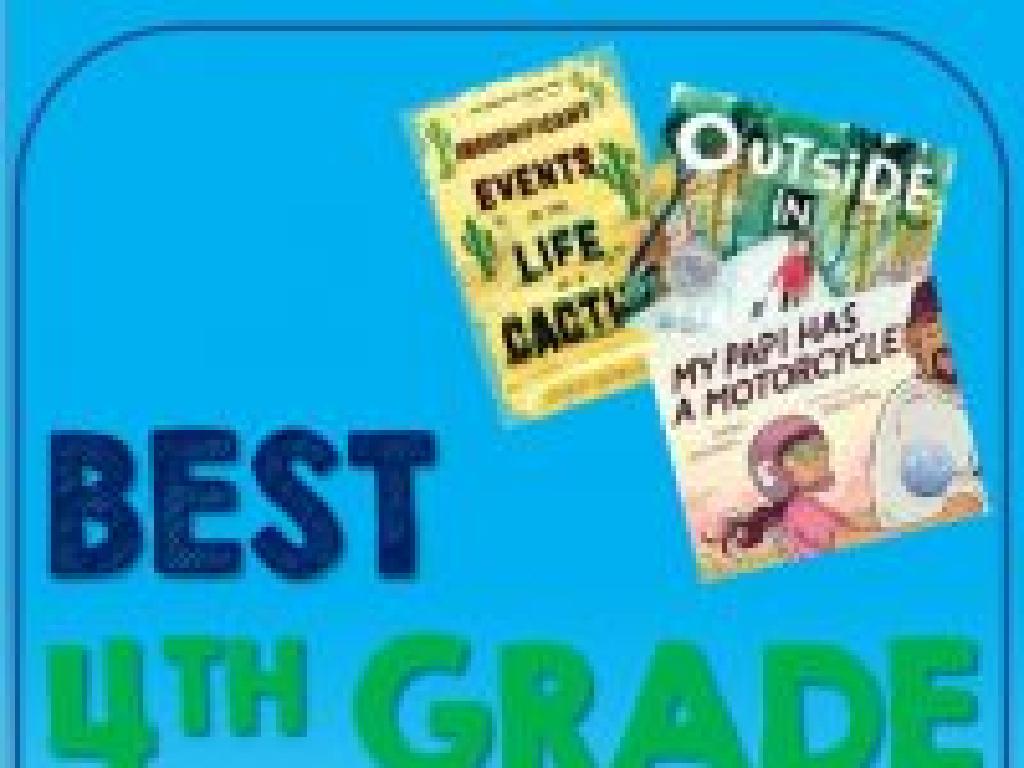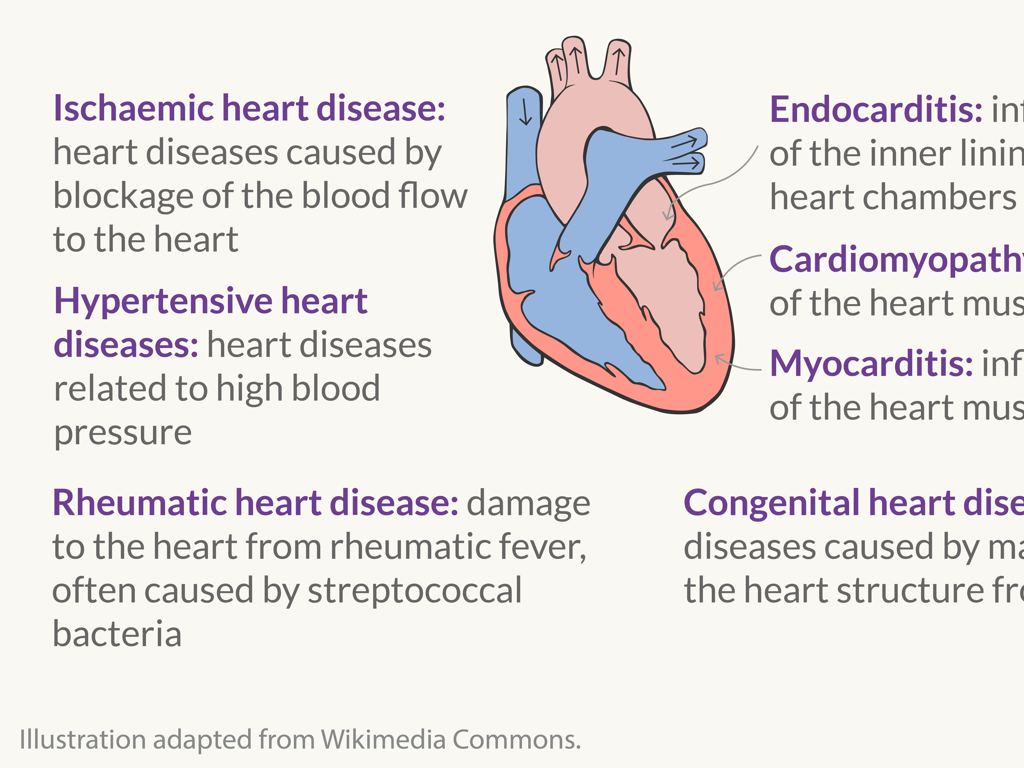Read Sight Words Set 3: At, For, I, One, Said
Subject: Language arts
Grade: Pre-k
Topic: Sight Words
Please LOG IN to download the presentation. Access is available to registered users only.
View More Content
Welcome to Sight Words!
– Learn about ‘Sight Words’
– Words we often see when reading
– Why sight words matter
– They help us read smoothly without sounding out
– Today’s words: at, for, I, one, said
– We’ll use these words in sentences
– Fun activities planned
|
This slide introduces Pre-k students to the concept of sight words, which are common words that appear frequently in text and can be recognized without having to sound them out. Emphasize the importance of these words in helping to read more efficiently. Introduce the five sight words for the day and explain that they will be using these words in various fun reading and writing activities. This will help them to memorize and recognize these words quickly in the future. Prepare to engage the students with interactive games, such as word bingo or matching, to reinforce their learning.
Sight Words Set 3: Learning to Read Faster!
– Sight words appear often in reading
– Some don’t follow phonetic rules
– Words like ‘said’ don’t sound like they look
– Memorization helps with recognition
– Practice ‘at’, ‘for’, ‘I’, ‘one’, ‘said’ to remember
– Recognizing sight words boosts reading skills
– Knowing these words helps read sentences quickly
|
This slide introduces sight words to Pre-K students, emphasizing their importance in developing reading skills. Sight words are common words that appear frequently in text and may not follow standard phonetic patterns, making them tricky for early readers. By memorizing sight words, students can recognize them instantly, which speeds up the reading process and aids in comprehension. Encourage students to practice these words at home and in class. Activities can include flashcards, matching games, and reading simple sentences that include these words. Reinforce the idea that knowing sight words is a key step in becoming a fluent reader.
Learning Sight Word: ‘at’
– ‘at’ shows place or time
– Use ‘at’ to tell where something is, like ‘at home’
– Example sentence with ‘at’
– ‘Look at the cat.’ – ‘at’ tells us where to look
– Practice saying ‘at’ aloud
– Class activity with ‘at’
– We’ll find things in the room ‘at’ different places
|
The word ‘at’ is a preposition that can indicate a specific location or point in time. It’s a common sight word for Pre-K students to learn as it appears frequently in texts. Start by explaining the word with simple definitions and then use an example sentence to show its use in context. Have the students repeat the word ‘at’ after you to practice pronunciation. For the class activity, you can hide pictures of cats around the classroom and have the students find them, using the sentence ‘The cat is at ___’ to describe each location. This interactive activity will help reinforce the word’s meaning and proper usage.
Learning the Sight Word: ‘for’
– ‘for’ shows reason or purpose
– Example: ‘This gift is for you.’
– Use ‘for’ to explain why something is done
– Practice saying ‘for’
– Repeat after me: ‘for’, ‘for’, ‘for’
– Can you find ‘for’ in a sentence?
– Look in your favorite book for ‘for’
|
The word ‘for’ is a common sight word used to explain why we do something. It’s important for students to recognize this word by sight to aid their reading fluency. Start by explaining the meaning of ‘for’ with a simple definition. Use a clear example that is relatable to the students, such as receiving a gift, to illustrate its use in a sentence. Engage the class by having them repeat the word ‘for’ after you to practice pronunciation. Finally, encourage them to find the word ‘for’ in sentences, either in the classroom or at home in their favorite books, to reinforce recognition. This activity will help them understand the context in which ‘for’ is used and remember it more easily.
Learning the Sight Word: ‘I’
– ‘I’ refers to me, myself
– Example sentence: ‘I am happy.’
– Use ‘I’ when talking about what you think or feel
– Practice saying ‘I’
– Repeat ‘I’ together as a class
– Point to yourself when you say ‘I’
– Connect the word ‘I’ with the action of pointing at oneself
|
This slide introduces the sight word ‘I’, which is a fundamental word for young learners as it helps them express themselves. Start by explaining the concept of ‘I’ as a way to talk about oneself. Use a simple and relatable sentence like ‘I am happy.’ to illustrate its use. Engage the class by having them say ‘I’ aloud while pointing to themselves, reinforcing the connection between the word and its meaning. Encourage the children to come up with their own sentences using ‘I’ to describe their feelings or actions. This activity will help solidify their understanding and recognition of the sight word ‘I’.
Sight Word: ‘one’
– ‘one’ represents a number
– It means a single item or thing
– Example: ‘I have one apple.’
– Use ‘one’ to talk about a single object
– Practice: Hold up one finger
– Connect the word ‘one’ with the action of holding up a single finger
|
The word ‘one’ is often one of the first number words that children learn. It’s important to show that ‘one’ refers to a single object or unit. Use concrete examples like one apple, one toy, or one book to illustrate this concept. Encourage the children to hold up one finger every time they say the word ‘one’ to create a physical connection with its meaning. This kinesthetic activity helps reinforce the concept of ‘one’ as a number. During the next class, ask the children to bring one item from home to share, further emphasizing the concept of ‘one’.
Learning the Sight Word: ‘said’
– ‘said’ is used in speaking
– When people talk, they use ‘said’.
– Example: ‘He said, hello.’
– Like in a story, when someone talks.
– Pretend and say ‘said’
– We can act out using the word ‘said’.
– Practice using ‘said’ in sentences
|
The word ‘said’ is often found in books and conversations, indicating that someone has spoken. Use the example ‘He said, hello.’ to show how it’s used in a sentence. Engage the children by having them pretend to speak to each other using the word ‘said’. Encourage them to use ‘said’ while talking in class to reinforce its meaning and pronunciation. For practice, ask the children to come up with their own sentences using ‘said’ and share them with the class or in small groups.
Let’s Practice Reading Sight Words!
– Read sentences with new sight words
– We’ll use sentences to find and read ‘at’, ‘for’, ‘I’, ‘one’, ‘said’.
– Spot ‘at’, ‘for’, ‘I’, ‘one’, ‘said’
– Look for these words in each sentence we read.
– Reading together strengthens skills
– Group reading can help us learn words faster.
– Remember words by practicing
|
This slide is designed to engage Pre-k students in a group reading activity to practice sight words. The teacher will guide the students through reading sentences that include the sight words ‘at’, ‘for’, ‘I’, ‘one’, ‘said’. The activity will help students recognize and remember these words by seeing them in context. The teacher should encourage the students to point out the sight words as they come across them in the sentences. Repetition and group participation are key in reinforcing the learning of these new sight words. The teacher can prepare sentences beforehand or use a children’s book that contains these words frequently.
Fun with Sight Words
– Sight word flashcard game
– We’ll use cards with ‘at’, ‘for’, ‘I’, ‘one’, ‘said’
– Shout out the words you recognize
– Be loud and proud when you know the word
– Learning can be fun and exciting
– Get ready for a playful class!
– Are you excited to play and learn?
|
This slide introduces a playful classroom activity designed to help Pre-k students recognize and read sight words set 3: ‘at’, ‘for’, ‘I’, ‘one’, ‘said’. The teacher will show flashcards one by one, and students will shout out the word they see. This interactive game helps reinforce word recognition in a fun, engaging way. Teachers should encourage all students to participate and praise them for their efforts. Possible variations of the activity could include having students find objects in the room that relate to the sight words, or using the words in sentences. The goal is to create a positive learning environment where students are excited to engage with language arts.
Class Activity: Sight Word Hunt
– Explore the classroom on a word hunt
– Match sight words with objects or pictures
– ‘at’ could be a mat, ‘for’ a door, ‘I’ myself, ‘one’ a number chart, ‘said’ a speech bubble
– Earn a sticker for each word found
– Have fun learning sight words
|
This interactive activity is designed to help Pre-k students recognize and learn sight words in a fun and engaging way. Set up the classroom with various objects or pictures that can be associated with the sight words ‘at’, ‘for’, ‘I’, ‘one’, ‘said’. Guide the students to search for these items and when they find one, they should say the sight word out loud. Reward them with a sticker for each correct word they find. This will help reinforce their understanding of the words and provide a physical activity to help them remember. Make sure to have enough stickers and that each child gets a chance to participate. Encourage them to help each other and to use the words in sentences after the hunt.






